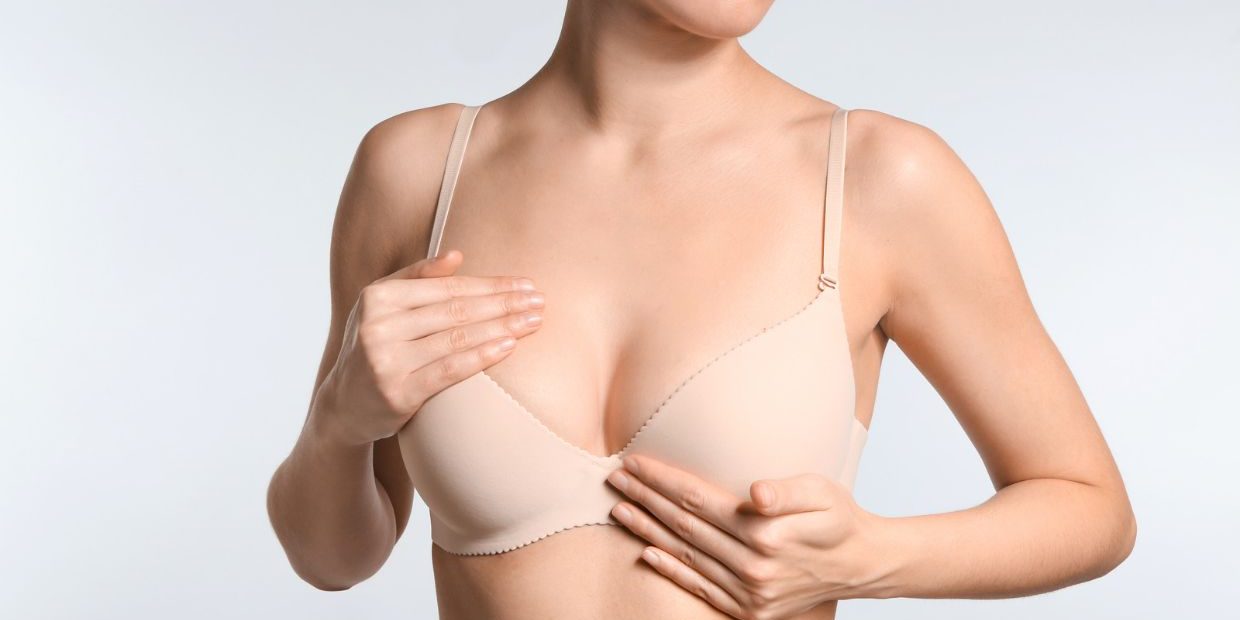Over time, breast surgery or breast augmentation has become one of the most popular treatments.
In fact, the improvement in technique and the evolution of prostheses, both in their shape and materials, is very noticeable. Thanks to which more natural and satisfactory results have been achieved.
In which cases is physiotherapy recommended after breast surgery?
As part of the postoperative protocol, an evaluation is carried out after surgery, where the patient is recommended specific physiotherapy treatment to reduce or treat the appearance of certain secondary symptoms.
One of the postoperative symptoms is retraction of the pectoral muscles and fascia.
In other words, after breast augmentation surgery, the pectoralis muscle and fascia can become contracted and tight.
To relax these structures and prevent stiffness, the physiotherapist performs manual and myofascial therapy to relax the pectoralis muscle and fascia. This will reduce pain in the area and increase the range of motion of the arm without discomfort.
On the other hand, there is the usual swelling, as it takes a little time for the chest to deflate. What does the physiotherapist apply? He applies lymphatic drainage massages, with the aim of promoting circulation and reducing inflammation.
Finally, capsular contracture, although very rare, is one of the complications that can occur after breast augmentation surgery. How does it manifest itself? With a hardening of the capsule surrounding the implant and also with pain and stiffness.
In these cases, physiotherapy is effective and can reverse the process if applied in time, although depending on the degree of capsular contracture, the physiotherapist can correct by means of ultrasound or deep diathermy, sometimes even applied as a preventive measure, before capsular contracture can appear.
Did you know about the measures to alleviate the side effects of breast surgery?






